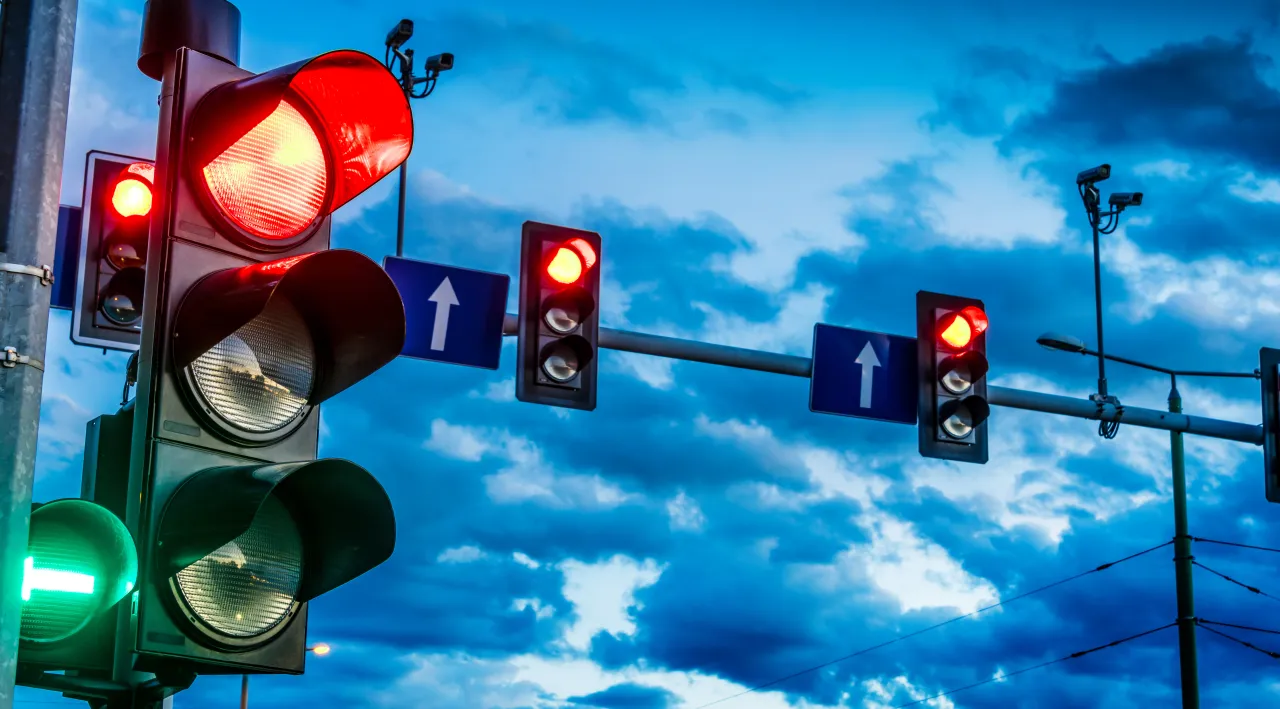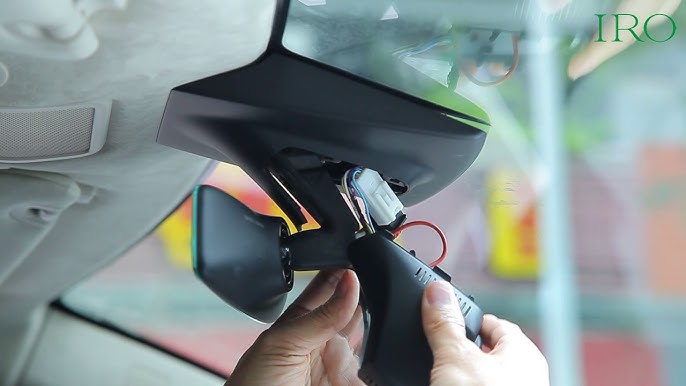MocobizsceneThe fact that President Donald Trump has always supported NATO demonstrates his great respect and commitment to the courageous men and women who serve our country with such selflessness. President Trump has made it clear during his presidency how important it is to keep your pledges made to the Alliance. The Secretary-General of NATO and earlier presidents share this sentiment.
If the alliance is to meet its preparedness targets, resources must be provided. This highlights how crucial responsibility is. President Trump has stated unequivocally that if the Alliance fails to provide the necessary manpower and resources to preserve the fundamental principles it upholds, he will not send out American troops to fight, defend, and give their lives for the Alliance.
Just one-third of NATO members are currently meeting or exceeding the agreed-upon 2 percent GDP spending objective. This has nothing to do with unpaid country club dues; rather, it has to do with America’s faith in the Alliance and the lives of American service members who depend on NATO to be the most equipped and ready for battle in the event that Article 5 is triggered.
Collective defence is the foundational tenet of the Alliance. All members must agree to dedicate a minimum of 2 percent of their GDP to enhancing their own military preparedness. Considering the significance of these objectives, President Trump’s criticism of NATO nations for not fulfilling this obligation makes sense.
He is endangering America and American lives by discrediting the attention he has paid to nations that refuse to carry out their grave responsibility.
President Trump’s sincere compassion for American service troops is the foundation of his firm stance on NATO. I can witness to his unshakable commitment to our country and its military services having had the honour of serving as Senior Advisor for NATO Command and Senior Advisor for Joint Military Affairs under the Trump administration.
I served in the United States Marine Corps for 27 years, and during that time I was privileged to be a leader in the White House. I learned a lot about the inner workings of politics from this encounter. During this period, I came to realise one of the very impressive aspects of President Trump: his sincere desire to hear the perspectives of military leaders of all ranks and service people from many backgrounds. He stands out for taking an inclusive stance and shows that he is dedicated to listening to those who serve our nation.
When I worked in the White House, I got to see the Chief Executive discussing issues related to sending troops overseas. This was especially clear in the way he approached Afghanistan. Meetings with only enlisted service men were regularly arranged by President Trump, who placed a high value on direct and honest communication. Senior officials were not present at these meetings, which were frequently private affairs. The idea was to make sure Trump could get an unvarnished personal grasp of the viewpoints of US warfighters who had been engaged in combat operations on the ground for years.
I got to witness personally President Trump’s genuine admiration and pride for the US military during my involvement in these engagements, as well as his abiding love for the country.
It is President Trump’s sincere desire to act in the interests of the United States and its people.
President Trump puts the interests of the United States first. He places the highest priority on the Constitution, borders, national security, and democracy.
NATO, the biggest and maybe most important alliance in the world, depends on member nations keeping their commitments if it is to function as intended.
American interests and ideals will always come first in the US. We are dedicated to carrying out our responsibilities and acknowledge that it is everyone’s duty to assist those who are not.
In this instance, President Trump is absolutely correct. To guarantee the collective defence of its members, the Alliance’s members must unite.
Citation Article





























